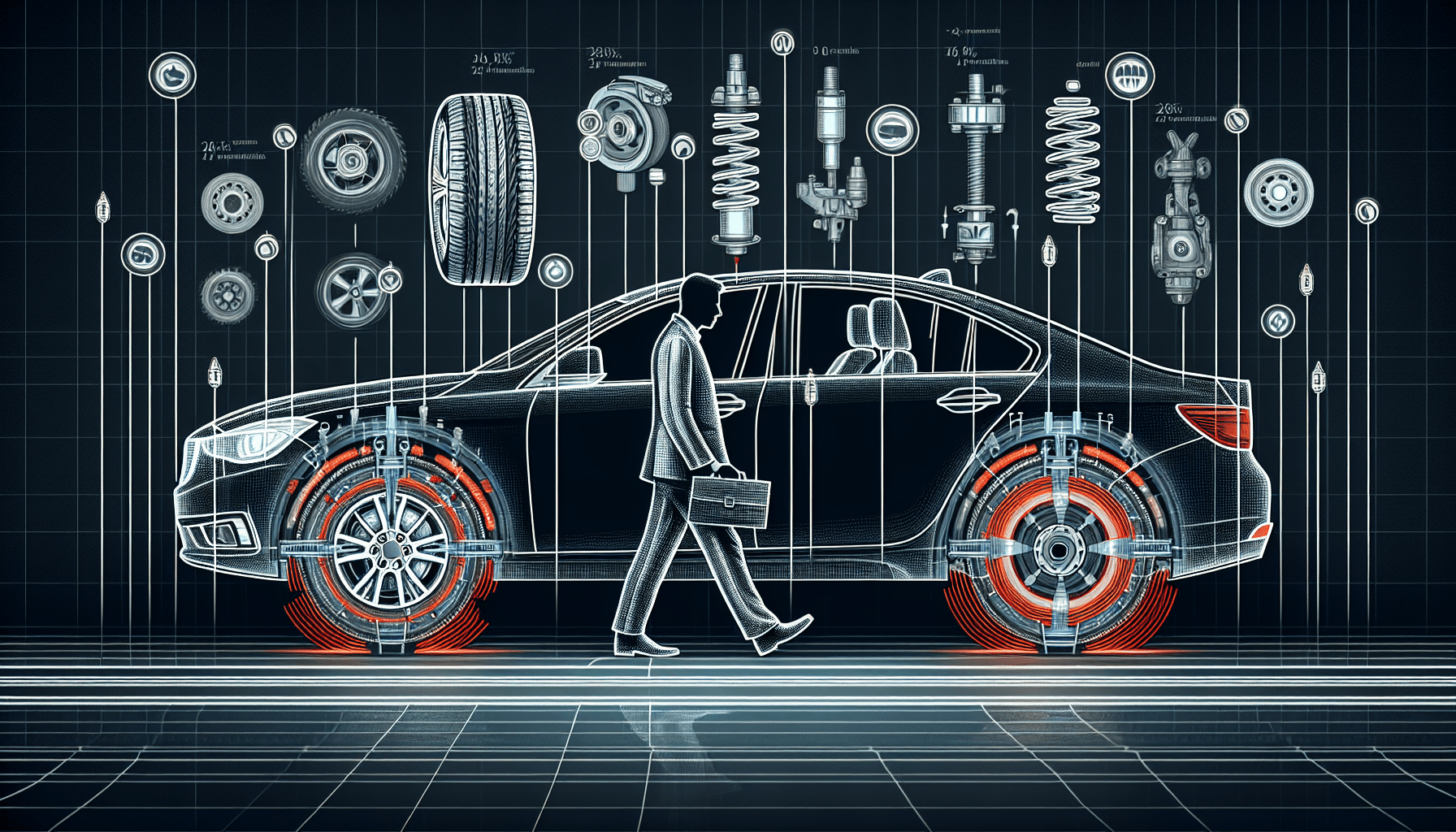Have you ever wondered how seemingly small issues with your car’s wheel alignment can have a big impact on your ride comfort? In this article, we will explore how improper wheel alignment can disrupt the smoothness and stability of your drive, making for a less enjoyable and potentially unsafe experience on the road. Whether it’s a subtle pulling sensation or noticeable vibrations, understanding the effects of misaligned wheels can help you take better care of your vehicle and ensure a more comfortable journey. So, let’s dive into the world of wheel alignment and discover the ways it can affect your ride!
What is wheel alignment?
Definition and purpose
Wheel alignment refers to the adjustment of the angles at which the wheels of a vehicle make contact with the road. It involves adjusting the caster, camber, and toe angles, which are essential for proper vehicle handling and stability. The goal of wheel alignment is to ensure that the tires make even and consistent contact with the road surface, allowing for optimal ride comfort, tire wear, and vehicle safety.
Components involved
Several components of a vehicle’s suspension system are involved in the wheel alignment process. These components include the control arms, ball joints, tie rods, wheel bearings, and bushings. Proper alignment relies on the optimal functioning of these parts, as any wear or damage can affect the alignment angles and consequently impact ride comfort.
How does wheel alignment contribute to ride comfort?
Impact on suspension system
Proper wheel alignment plays a critical role in the overall performance of the suspension system. Misaligned wheels can cause uneven distribution of weight, leading to increased stress on specific suspension components. This additional strain can result in premature wear and reduced shock absorption, compromising ride comfort.
Affects handling and stability
Wheel alignment directly influences the handling and stability of a vehicle. Misaligned wheels can cause the vehicle to pull to one side, making it difficult to drive in a straight line. This can be not only uncomfortable but also risky, especially at higher speeds or in emergency situations where control and maneuverability are essential.
Reduces tire wear
Improper wheel alignment can lead to uneven tire wear, which significantly impacts ride comfort. When the tires do not make proper and consistent contact with the road, certain areas of the tire may experience increased friction and stress. This can result in accelerated wear and tear, reducing the lifespan of the tires and compromising ride quality.
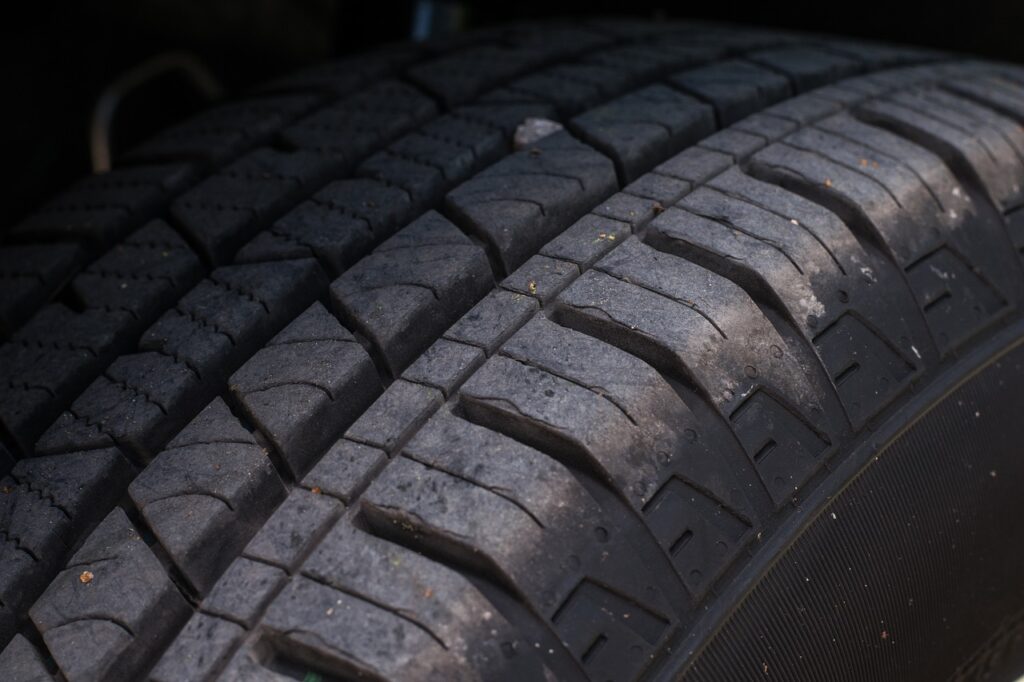
Signs of improper wheel alignment
Uneven tire wear
One of the most common signs of improper wheel alignment is uneven tire wear. When the wheels are misaligned, specific areas of the tires may experience more significant contact with the road surface, causing some areas to wear down faster than others. This can lead to irregular tire tread patterns and a bumpy ride.
Vehicle pulling to one side
If your vehicle tends to pull to one side while you’re driving on a straight road, it may indicate improper wheel alignment. Misaligned wheels can create an imbalance in the steering mechanism, causing the vehicle to veer off to one side. This not only affects ride comfort but also poses safety risks, as you may have difficulty maintaining control over the vehicle.
Vibration or wobbling
Another sign of improper wheel alignment is a noticeable vibration or wobbling sensation while driving. When the wheels are not aligned correctly, they can cause the vehicle to shake or vibrate, especially at higher speeds. This can be not only uncomfortable but also indicative of potential suspension issues that need to be addressed.
Negative effects of improper wheel alignment on ride comfort
Uneven tire contact with the road
Improper wheel alignment can lead to uneven tire contact with the road surface. When the wheels are not aligned correctly, certain areas of the tires may bear more weight and stress, while others may have minimal contact with the road. This can result in an inconsistent and uncomfortable ride, with the vehicle bouncing or jolting unevenly.
Increased road noise and vibrations
When the wheels are misaligned, the vehicle may experience increased road noise and vibrations. As the tires don’t make optimal contact with the road surface, the vibrations caused by irregular tire wear and uneven weight distribution can transmit more prominently into the cabin. This can create a noisier and less comfortable driving environment.
Reduced shock absorption
Proper alignment is essential for maintaining the optimal functioning of the suspension system and shock absorbers. When the wheels are misaligned, the suspension components may not distribute the impact of road irregularities evenly. This can lead to reduced shock absorption, making the ride feel rougher and less comfortable, especially on uneven or bumpy roads.
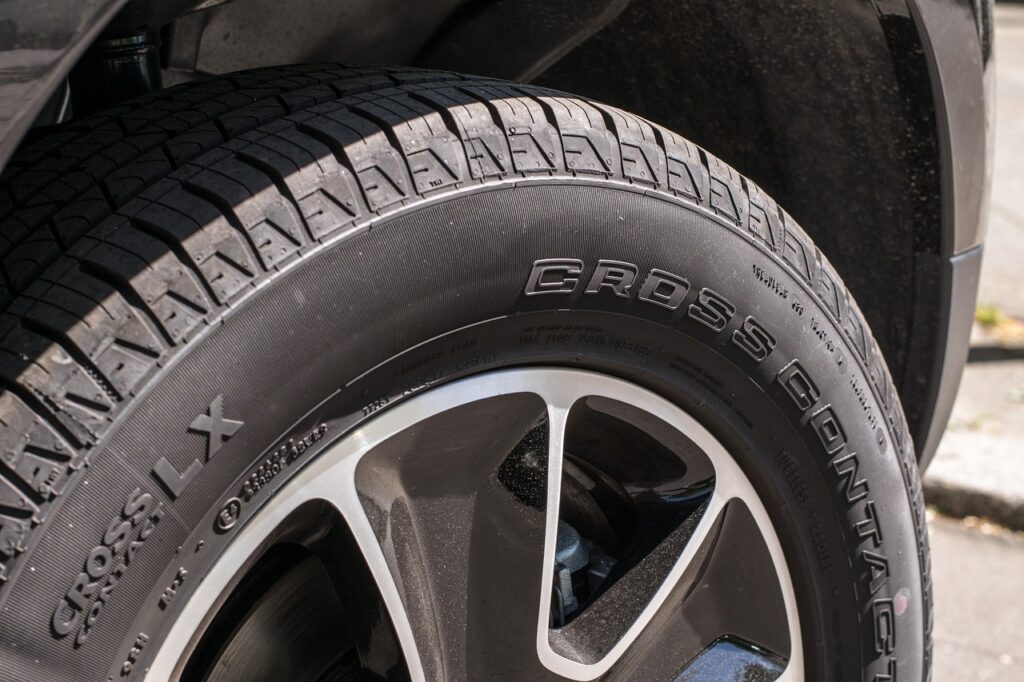
Safety implications of improper wheel alignment
Reduced control and maneuverability
Improper wheel alignment significantly affects the control and maneuverability of a vehicle. When the wheels are not aligned correctly, the vehicle may pull to one side, making it challenging to drive in a straight line. This can compromise your ability to maintain control over the vehicle, especially during emergency braking or steering maneuvers. Improper alignment can also cause the vehicle to drift or wander, increasing the risk of accidents.
Increased risk of accidents
The safety implications of improper wheel alignment should not be underestimated. Misaligned wheels can impact the vehicle’s stability, resulting in unpredictable steering responses and decreased handling capabilities. This can make the vehicle more prone to skidding or losing traction, particularly in wet or icy conditions. Inadequate alignment can also lead to sudden tire failures or blowouts, posing serious safety hazards to both the driver and other road users.
Causes of improper wheel alignment
Pot holes and road hazards
Driving over potholes or encountering road hazards can lead to misaligned wheels. The impact from hitting potholes or other obstacles can throw off the alignment angles, causing the wheels to become misaligned. Regularly driving on poorly maintained roads with numerous potholes increases the risk of improper wheel alignment.
Worn suspension components
Over time, the various components of a vehicle’s suspension system can wear out or become damaged. Worn or damaged control arms, ball joints, tie rods, and wheel bearings can affect the alignment angles. Without these components functioning correctly, it becomes challenging to maintain proper wheel alignment, impacting ride comfort and safety.
Incorrect installation
Improper installation of suspension components or aftermarket modifications can also lead to improper wheel alignment. If the components are not aligned correctly during installation or if modifications to the suspension system are not performed correctly, it can result in misaligned wheels. It is essential to have suspension modifications or repairs performed by qualified professionals to ensure proper alignment.
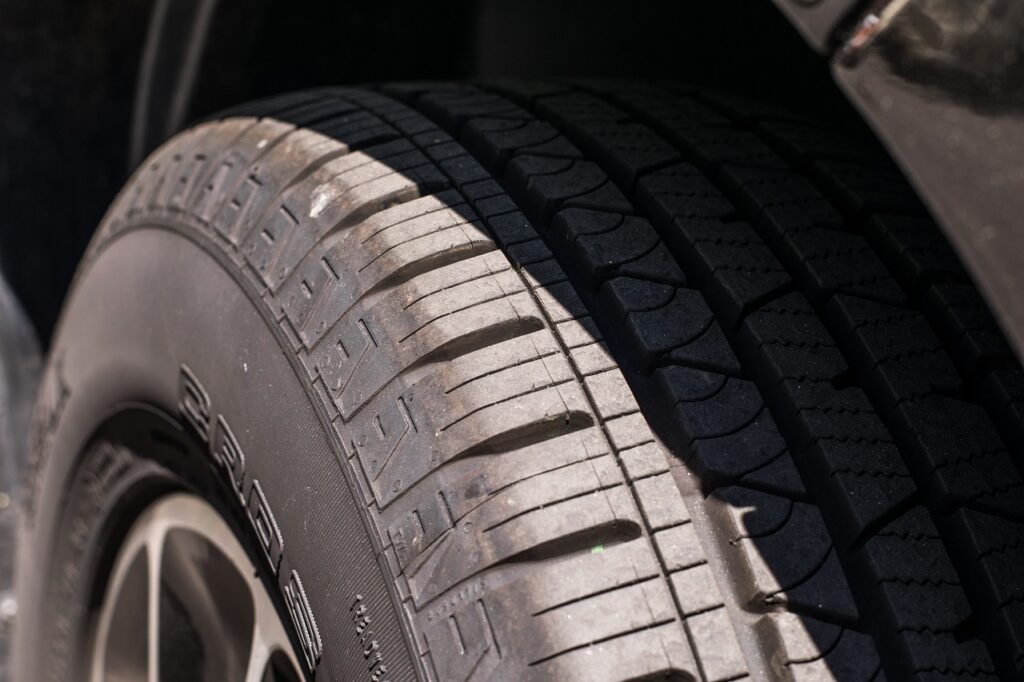
Importance of regular wheel alignment maintenance
Preserves tire life
Regular wheel alignment maintenance helps preserve the lifespan of your tires. When the wheels are aligned correctly, the tires wear down evenly, prolonging their life and reducing the need for premature replacements. This not only saves money but also ensures that your vehicle maintains optimal ride comfort and safety.
Enhances handling and performance
Proper wheel alignment enhances the handling and performance of your vehicle. When the wheels are aligned correctly, they work together harmoniously, allowing for smoother and more controlled handling. Proper alignment improves steering response, reduces excessive tire wear, and enhances overall driving performance, making your journey more enjoyable and comfortable.
Ensures safety
Regular wheel alignment maintenance is crucial for ensuring your safety on the road. Properly aligned wheels contribute to better control and maneuverability, reducing the risk of accidents. By addressing any alignment issues promptly, you can help prevent potential suspension or tire failures that could jeopardize your safety and that of others on the road.
Wheel alignment procedures
Measuring and adjusting caster, camber, and toe angles
During wheel alignment procedures, professionals measure and adjust the caster, camber, and toe angles. Caster refers to the angle of the steering axis, camber represents the tilt of the wheels, and toe refers to the direction the wheels point in relation to each other. Skilled technicians use specialized alignment equipment to ensure that these angles are aligned according to the manufacturer’s specifications.
Wheel balancing and alignment adjustment
In addition to measuring and adjusting the alignment angles, wheel alignment procedures also involve wheel balancing and alignment adjustments. Wheel balancing ensures that the weight distribution of each wheel is even, minimizing vibration and ensuring a smooth ride. Alignment adjustments are made to adjust the angles as needed, ensuring proper alignment and optimal tire contact with the road surface.
Inspecting and replacing worn components
A comprehensive wheel alignment procedure includes inspecting the various suspension components for wear or damage. Any worn or damaged components are identified and replaced to ensure proper alignment. This step is crucial for maintaining the integrity of the suspension system, as misaligned wheels can result from worn or damaged components that need attention.
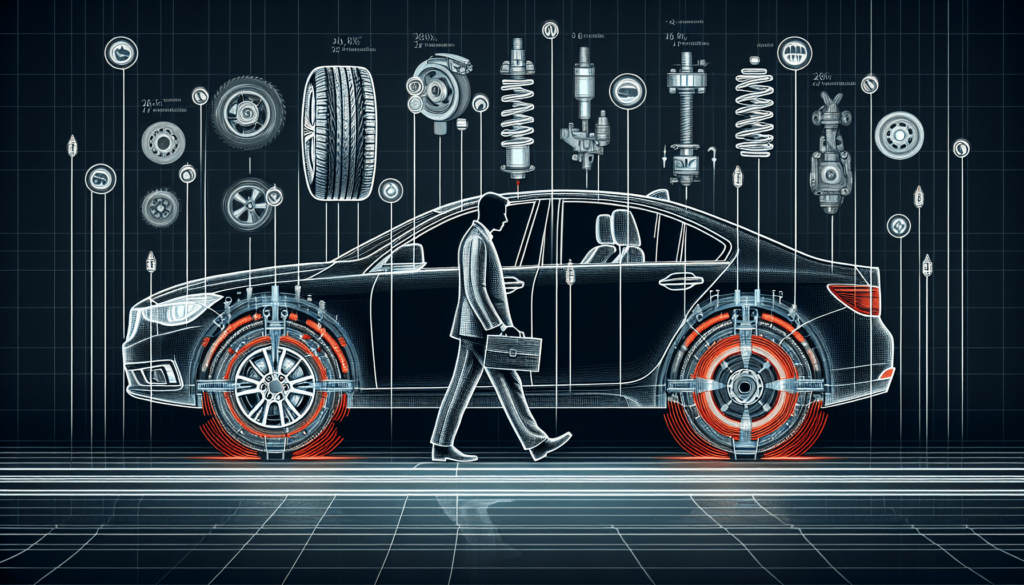
Professional wheel alignment vs. DIY
Benefits of professional service
Seeking professional wheel alignment services offers several advantages. Professional technicians have the knowledge, experience, and specialized equipment required for accurate wheel alignment. They can diagnose alignment issues, make precise adjustments, and perform necessary repairs or component replacements. By entrusting your vehicle to professionals, you can be confident of achieving optimal alignment for maximum ride comfort and safety.
Limitations of DIY alignment
While it may be tempting to attempt a DIY wheel alignment, there are significant limitations to consider. DIY alignment methods often lack the precision and accuracy that professional equipment provides. Without access to specialized tools and knowledge, it can be challenging to achieve proper alignment angles. Improper DIY alignment attempts can lead to further misalignment, uneven tire wear, and potential damage to suspension components.
Cost implications
The cost of professional wheel alignment services may vary depending on location and the specific requirements of the vehicle. Generally, professional alignment services come at a cost, as they involve skilled labor and specialized equipment. However, investing in professional alignment can save money in the long run by preserving tire life, reducing the risk of premature wear, and minimizing potential suspension or tire damage caused by improper alignment.
Tips for maintaining proper wheel alignment
Regular tire rotations
Regular tire rotations should be included in your vehicle maintenance routine to help maintain proper wheel alignment. Tire rotations ensure even wear across all tires, extending their lifespan and promoting consistent performance. By regularly rotating your tires, you can minimize the risk of misaligned wheels caused by uneven tire wear.
Avoiding potholes and road hazards
To reduce the risk of improper wheel alignment, it is essential to be mindful of potholes and road hazards. Avoiding driving over potholes whenever possible and maintaining a safe distance from vehicles in front of you can help minimize the impact on your wheels and suspension. By staying vigilant and taking precautions, you can reduce the chances of misalignment.
Professional alignment check every 6-12 months
To ensure ongoing proper wheel alignment, it is advisable to have a professional alignment check performed every 6-12 months. Regular alignment checks allow technicians to identify and address any alignment problems promptly. By detecting and correcting alignment issues early, you can maintain optimal ride comfort, maximize tire life, and ensure your safety on the road.
In conclusion, proper wheel alignment is essential for optimal ride comfort, tire wear, and overall vehicle safety. Misaligned wheels can lead to uneven tire wear, compromised handling, and reduced shock absorption. The safety implications of improper alignment should not be underestimated, as it can result in reduced control, increased risk of accidents, and compromised maneuverability. Regular maintenance, including professional wheel alignment, is crucial for preserving tire life, enhancing handling and performance, and ensuring safety on the road. By investing in regular alignment checks and adhering to maintenance tips, you can enjoy a smoother, more comfortable ride while safeguarding yourself and others on the road.


